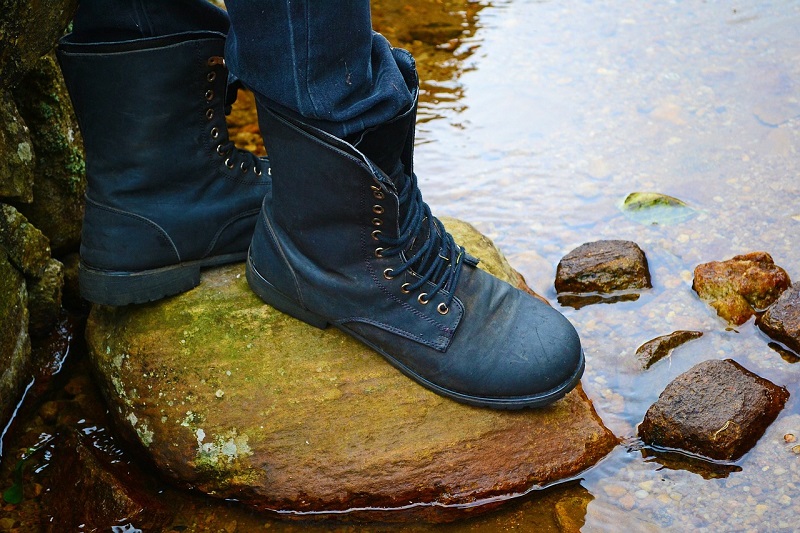Slips, trips, and falls represent the most common cause of workplace injuries, behind motor vehicle accidents. Slips, trips, and falls can result in head, back, and neck injuries, as well as broken bones, cuts and bruises. According to the National Safety Councils’ 2008 injury facts, the average workers’ comp costs for slips, trips, and falls, was $21,500. So we’re not talking about minor incidents.
The Canadian Centre for Occupational Health and Safety reports that 60% of falls happen at the same floor level. The other 40% are falls from heights. Even the slightest change in elevation surface (1/4” to ½”) can cause a trip or fall. Caution signs should be placed in obvious areas to avert falls. Those who work at heights should wear some form of personal fall arrest system – harness, lanyards, tie-off slings, etc. – one that fits the particular job best. Falls from ladders, roofs, stairs, or jumping to a lower level causes many injuries. Each of these risks demand different considerations in a fall arrest program. Many homes have areas with lower-level family rooms, which are hazardous for visitors. Homeowners should warn them to “watch their step” while visiting.
Good housekeeping in a business is vital. If these practices are not enforced, other administrative control measures implemented will never be fully effective. Safety and housekeeping go hand in hand. This is extremely true, especially when addressing the serious issue of slips, trips and falls. If the facility’s housekeeping habits are poor, the result may well be employee injuries, rising insurance costs, and regulatory citations. If the facilities are noticeably clean and well organized, it is a good sign that its overall safety program is effective as well. Disorderly work environments can negatively impact the morale of employees who must function in a job site that is dirty, hazardous, and poorly managed. Because slips, trips, and falls occur more than any other occupational injury, it makes good sense for the company to ensure that employees comply with a good housekeeping program. This is a plan that should be part of each worker’s daily performance. If each individual does his/her part to keep work areas clean, the housekeeping program will be a success. The same rule applies to our homes. If we don’t place things in their right place, someone is going to come along and trip over something that shouldn’t have been there. Nightlights are good for preventing falls (or running into a wall) for overnight visitors who could get lost in the darkness in your home.
Most falls can be prevented. All we should do is follow this simple rule: watch where we are going! We take walking for granted, so we pay little attention to potential hazards. Here are some common fall hazards cited by the National Safety Council that we should watch for:
- Hidden steps;
- Wet spots;
- Smooth surfaces;
- Loose, irregular surfaces;
- Oil and grease.
- Obstacles in walkways;
- Electrical cords in walkways;
- Aisles that have boxes stacked and left in the way;
- File cabinet drawers left open;
- Tools left out.
Many workers are required to wear protective footwear on the job. Shoes that have slip-resistant soles help prevent injuries. Safety footwear is designed to protect feet against the most common types of injuries, impact, compression and puncture. It is important to choose footwear according to the hazards present, but also be sure it is comfortable enough to wear for several hours.
Tomorrow we will delve into this serious subject a little bit more. Until then, stay safe, and remain upright!
SOURCES: CCOHS, SORM (Sstate Office of Risk Management, Texas), OSHA

